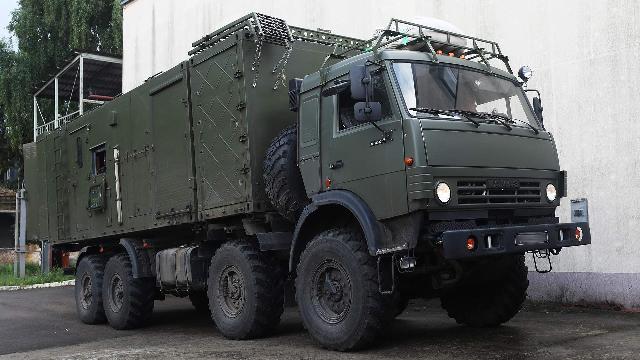Most of these vehicles are being tested in parallel in the area of a special military operation.
Screeching brakes, roaring engines and headlights — this is how military vehicles modified by experience are being tested at the training ground of one of the research centers of the Ministry of Defense of the Russian Federation. The vehicles that will transport our fighters in the SVO zone will be tested as thoroughly as possible — after the route they will undergo a series of laboratory tests. Only after that, the car goes for revision or receives permission for mass delivery to the troops.
An unusual polygon
All cars are lined up before entering the test track. In front of us are four armored vehicles based on the chassis of Russian trucks — "Akhmat", "Phoenix", "Ural-MIC" and "Lens", which is used to transport the wounded. There is a red cross in a white circle on its board. A little to the side is a small open tactical vehicle — this is an Alabai buggy. Drivers bypass the equipment and carefully check it before entering the test track.
— During the tests, we must check one of the main indicators of the car — its reliability, — says Oleg, an employee of the testing center of the Russian Ministry of Defense. — Of course, we are doing everything to ensure that the tests are passed as quickly as possible. To do this, there are sections on the landfill that simulate a bad road. Under normal conditions, a car needs to travel 30,000 kilometers, and our highway allows you to reduce the mileage of cars by half. This buys you time.
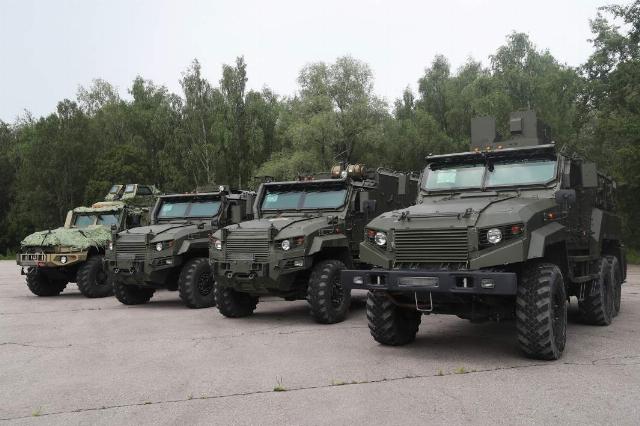
Photo: IZVESTIA/Andrey Erstrem
Image source: iz.ru
During the tests, two people enter the highway: the driver and the controller, an employee of the military research center, who looks at how the car behaves on the highway and fixes all the breakdowns.
His task is to monitor all sounds, crackles, and instrument operation. He maintains a special test protocol, on the basis of which the final report is written at the very end.
We take our places together with the staff of the training ground in the Lens armored car. We have to drive several kilometers along a highway that simulates the toughest off-road conditions. The car starts moving and gently walks along the concrete, after a kilometer — the first so-called kosovolevy section of the highway. The car starts to rock and twist.
— It checks the frame of the car for torsion, weak on such a road will begin to deform and tear, — the controller explains to us.
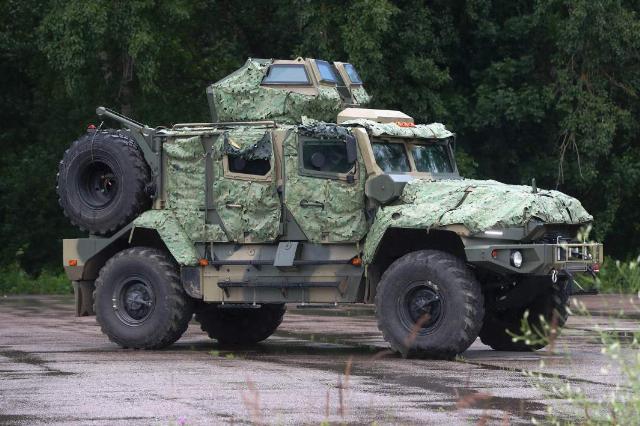
Photo: IZVESTIA/Andrey Erstrem
Image source: iz.ru
Then there is a straight—wave section, where the frame is checked for bending relative to the longitudinal axis of the car. Next is a cobblestone area. After the first two, it can be called the most comfortable for passengers, the car probably shakes the least.
"The impact is on the suspension, on sprung and unsprung masses, as well as on the equipment," the controller explains.
The most unpleasant thing for a passenger is probably the checkerboard section. It really resembles a chessboard, where the white fields are man—made concrete potholes, and the black ones are hummocks. On it, the machine is subjected to increased vibration and shock loads.
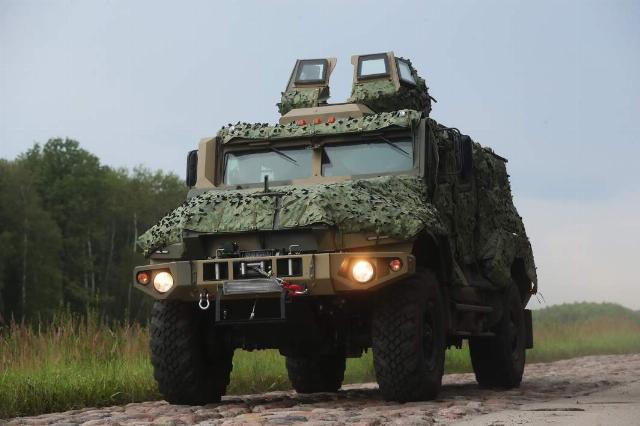
Photo: IZVESTIA/Andrey Erstrem
Image source: iz.ru
Finally, the Lens comes out onto a flat piece of concrete and picks up speed. The car passes the test with confidence, no one has heard any suspicious squeaks.
— Good suspension, it would shake on a civilian car, — I share my impressions of the trip with the driver.
"A military vehicle should be strong and reliable, and the Lens should also provide some comfort — it's a medical vehicle," the driver smiles contentedly.
From Phoenix to Akhmat
All the cars presented at the landfill were created after the start of their construction, Oleg explains, already in the concrete parking lot.
"The task was to create a reliable but cheap car for the army," he says. — The chassis of cars from the national economy was used as a basis.
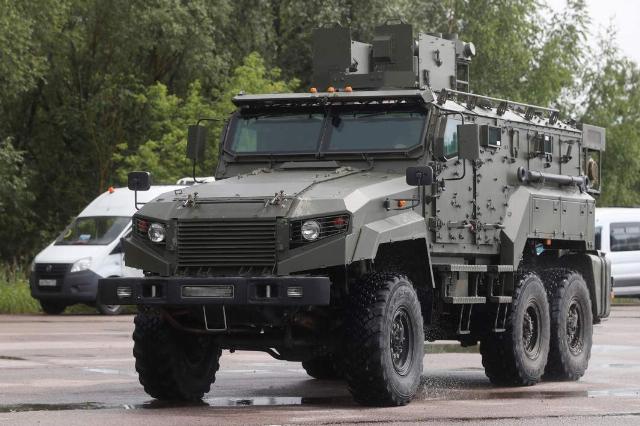
Photo: IZVESTIA/Andrey Erstrem
Image source: iz.ru
The VPK-Ural was made on the highly passable chassis of the Grozov Ural, and the rest were made on Kamaz. Armored capsules were installed on them.
— In general, it turned out cheap and fast, — says Oleg. — This solution makes it possible to saturate the troops with protected vehicles in the shortest possible time.
He says that these vehicles are already being tested in the area of the special operation. Moreover, the army received large shipments, but the exact number was not disclosed.
"We are conducting tests, in addition, at the same time, these samples are being finalized based on comments that we receive from our fighters from the SVO zone,— Oleg says. — The main issues relate to ergonomics, maintenance and repair of the car in the field. For example, to provide free access to the units so that all the nuts can be easily unscrewed. This will further greatly simplify the operation of the vehicle in a combat situation.
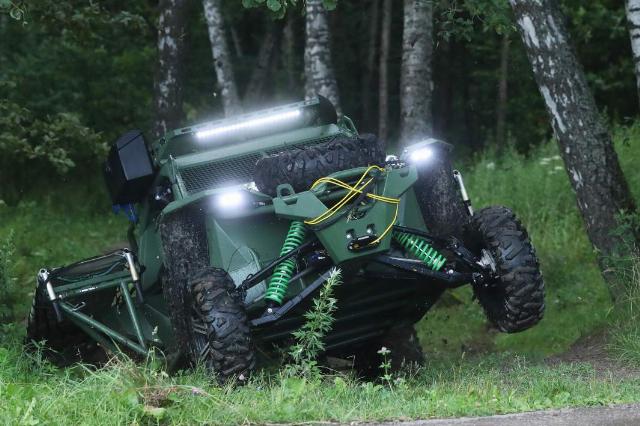
Photo: IZVESTIA/Andrey Erstrem
Image Source: iz.ru
Meanwhile, the Alabai buggy pirouettes on a small concrete platform — there is a screech of tires, and the smell of burnt rubber appears. You can immediately see that the car is as maneuverable as possible.
"The car has high dynamic performance," Denis, an employee of the Defense Ministry's testing center, tells us. — Its maneuverability and speed allow it to evade drones. It is designed to be used directly on the cutting edge. Two ambulance stretchers can be placed on the buggy to evacuate the wounded. Or to install one or another weapon is at the discretion of the customer.
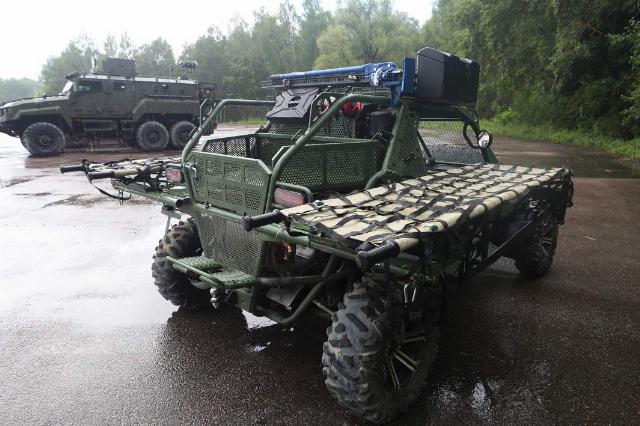
Photo: IZVESTIA/Andrey Erstrem
Image source: iz.ru
The car is reliable, says the specialist.
— A fairly simple design that is easy to repair. There are no complicated elements. That's what the troops need," Denis explains.
There are also these buggies in the SVO zone, they are supplied there through the Popular Front line.
They'll send you to the camera
Car testing is not limited to the testing ground. They show us the climate test chamber. It allows you to simulate various conditions, from desert conditions with air temperatures above 50 degrees Celsius to Arctic conditions. It also allows you to set a certain humidity.
"The car must withstand large temperature changes," explains Sergey, a senior researcher at the center. — It happens in real life. When transported by plane to Syria, the car first finds itself at a high altitude, where the air temperature is about minus 50 degrees, and after landing it gets to the airfield, where the heat is over forty. The equipment should not fail in such conditions.
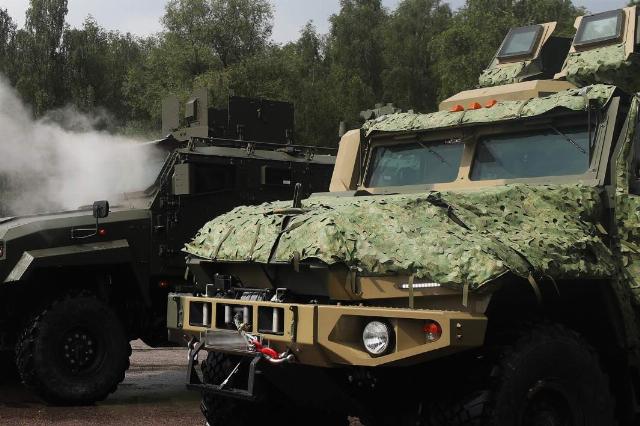
Photo: IZVESTIA/Andrey Erstrem
Image source: iz.ru
We have one of the new KAMAZ trucks "warming up" in the camera at high humidity. After three hours of "roasting" in the chamber, the car is started. Everything is working, the air conditioner drives cold air into the cabin. The cars that we tested at the test site also passed the climate chamber test and passed it.
Bogdan Stepovoy
